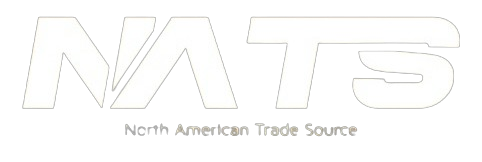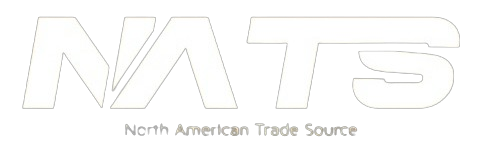A pressure sensor is an electronic device that detects and measures the force exerted by gases or liquids per unit area, converting these physical measurements into electrical signals. The sensor contains a pressure sensitive element, typically a diaphragm or piezoelectric material, that responds to applied force. When pressure changes occur, the sensing element experiences physical deformation or generates electrical charges proportional to the pressure level. Signal conditioning electronics amplify and process these changes, producing standardised electrical outputs such as 4 to 20 milliamps or 0 to 5 volts that control systems can interpret and display as pressure readings.
The primary pressure sensor types include piezoresistive sensors using flexible materials that change electrical resistance under pressure, strain gauge sensors employing Wheatstone bridge configurations attached to deformable diaphragms, capacitive sensors with electrodes whose spacing varies with applied pressure, piezoelectric sensors generating electric charges from mechanical stress, and optical sensors measuring light reflection from pressure sensitive materials. Mechanical designs including aneroid barometers and bourdon tubes provide visual pressure indication without requiring electrical power. Each technology offers specific advantages regarding accuracy, response time, environmental resistance, and cost effectiveness for particular applications.
Industrial applications include hydraulic and pneumatic system monitoring detecting leaks and blockages, process control maintaining optimal manufacturing parameters, tank level monitoring preventing material shortages, vacuum system verification ensuring proper operation, and environmental compliance measuring emissions. Automotive uses encompass tyre pressure monitoring, engine oil pressure tracking, brake system verification, and fuel pressure regulation. Medical applications include blood pressure monitoring, respiratory pressure tracking in ventilators, and intravenous fluid delivery control. Aerospace systems employ pressure sensors for altitude determination, cabin pressure control, and engine performance monitoring.
Calibration frequency depends on application criticality, environmental harshness, and manufacturer recommendations. Most industrial applications require annual calibration at minimum to maintain measurement accuracy within specifications. Critical processes or sensors exposed to extreme temperatures, corrosive media, or frequent pressure cycling may demand quarterly or semi annual recalibration. New sensor installations should undergo initial calibration verification shortly after commissioning to establish appropriate ongoing maintenance intervals based on actual operating conditions. Regular functional testing between calibration events helps identify accuracy drift requiring attention before scheduled recalibration dates.
Temperature fluctuations significantly impact sensor accuracy through thermal hysteresis, zero and span shifts, and temperature compensation limitations. Pressure cycling from rapid or frequent pressure changes causes mechanical stress inducing output drift over time. Mechanical factors including vibration, shock, and overpressure exposure degrade performance and reduce accuracy. Environmental conditions such as humidity, corrosive atmospheres, and contamination affect sensing elements and electronics. Ageing gradually changes material properties, whilst improper installation creates stress on sensor bodies affecting readings. Long term stability, characterised as drift over extended periods, requires periodic calibration to maintain specified accuracy levels throughout sensor operational life.

